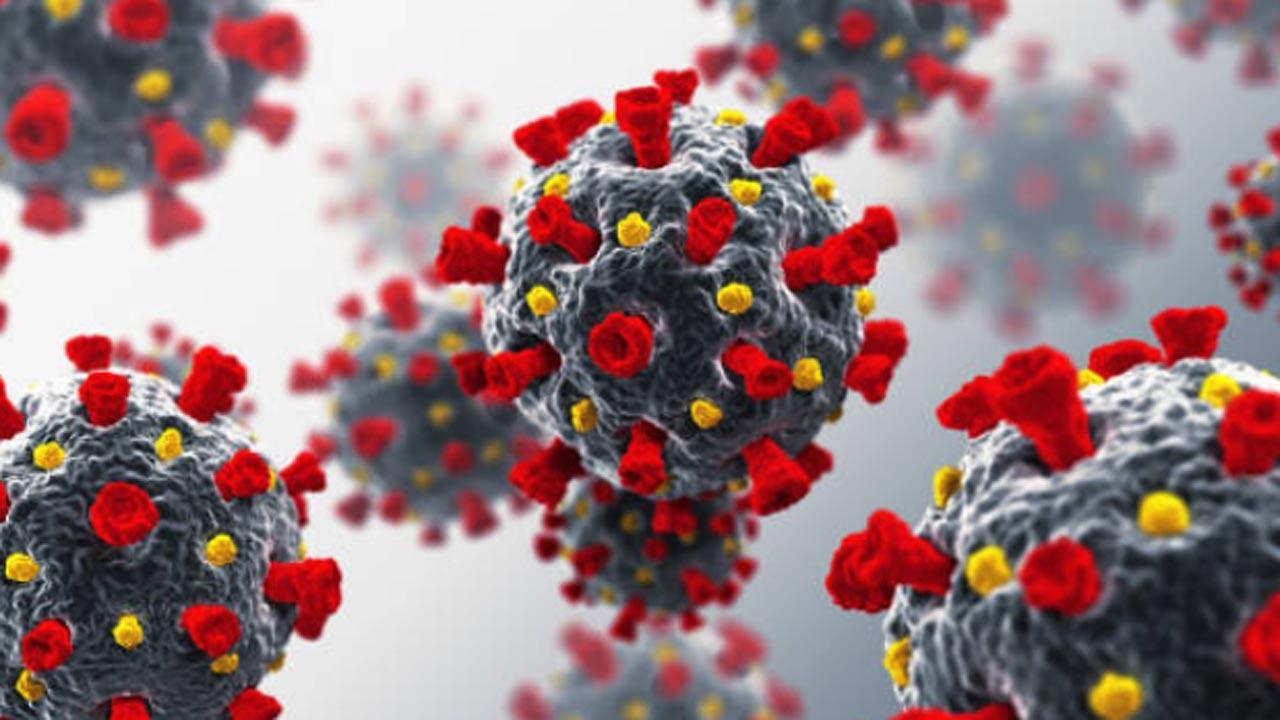The researchers recommend that people with Covid isolate for five days after symptoms begin and do lateral flow tests from the sixth day. If tests are negative two days in a row, it is safe to leave isolation

Image for representational purpose only. Photo Courtesy: istock
It is more than two years since the Covid-19 pandemic took over the world and people started getting affected by the virus. A new study published by The Lancet Respiratory Medicine journal has now found that a majority of patients are not infectious before the symptoms appear. It suggests that once it begins people must isolate for five days to avoid affecting others.
The study led by a team at Imperial College of London is the first to unveil how long infectiousness lasts for after natural Covid-19 infection in the community.
The team examined 57 people with mild Covid-19 to estimate how long people are infectious for and when they can safely leave isolation.
Average duration of infectiousness in the study participants was five days.
Only one in five participants were infectious before Covid symptoms began.
Two-thirds of cases were still infectious five days after their symptoms began, and one-quarter were still infectious at seven days, the team said.
The researchers recommend that people with Covid isolate for five days after symptoms begin and do lateral flow tests from the sixth day. If tests are negative two days in a row, it is safe to leave isolation.
If a person continues to test positive, they should remain in isolation while testing positive but may de-isolate on the 10th day after their symptoms begin.
"We closely monitored people in their homes from when they were first exposed to the virus, capturing the moment when they developed infection until they ceased being infectious," said Professor Ajit Lalvani, director of the NIHR Health Protection Research Unit in Respiratory Infections at Imperial.
Before the study, Lalvani said "we were missing half of the picture about infectiousness, because it's hard to know when people are first exposed to SARS-CoV-2 and when they first become infectious".
In the study, they used special daily tests to measure infectious virus (not just PCR) and daily symptom records to define the window in which people are infectious.
"This is fundamental to controlling any pandemic and has not been previously defined for any respiratory infection in the community," he noted.
Also Read: Infected semen can host monkeypox virus DNA for weeks after recovery: Lancet
ADVERTISEMENT
This story has been sourced from a third party syndicated feed, agencies. Mid-day accepts no responsibility or liability for its dependability, trustworthiness, reliability and data of the text. Mid-day management/mid-day.com reserves the sole right to alter, delete or remove (without notice) the content in its absolute discretion for any reason whatsoever
 Subscribe today by clicking the link and stay updated with the latest news!" Click here!
Subscribe today by clicking the link and stay updated with the latest news!" Click here!







